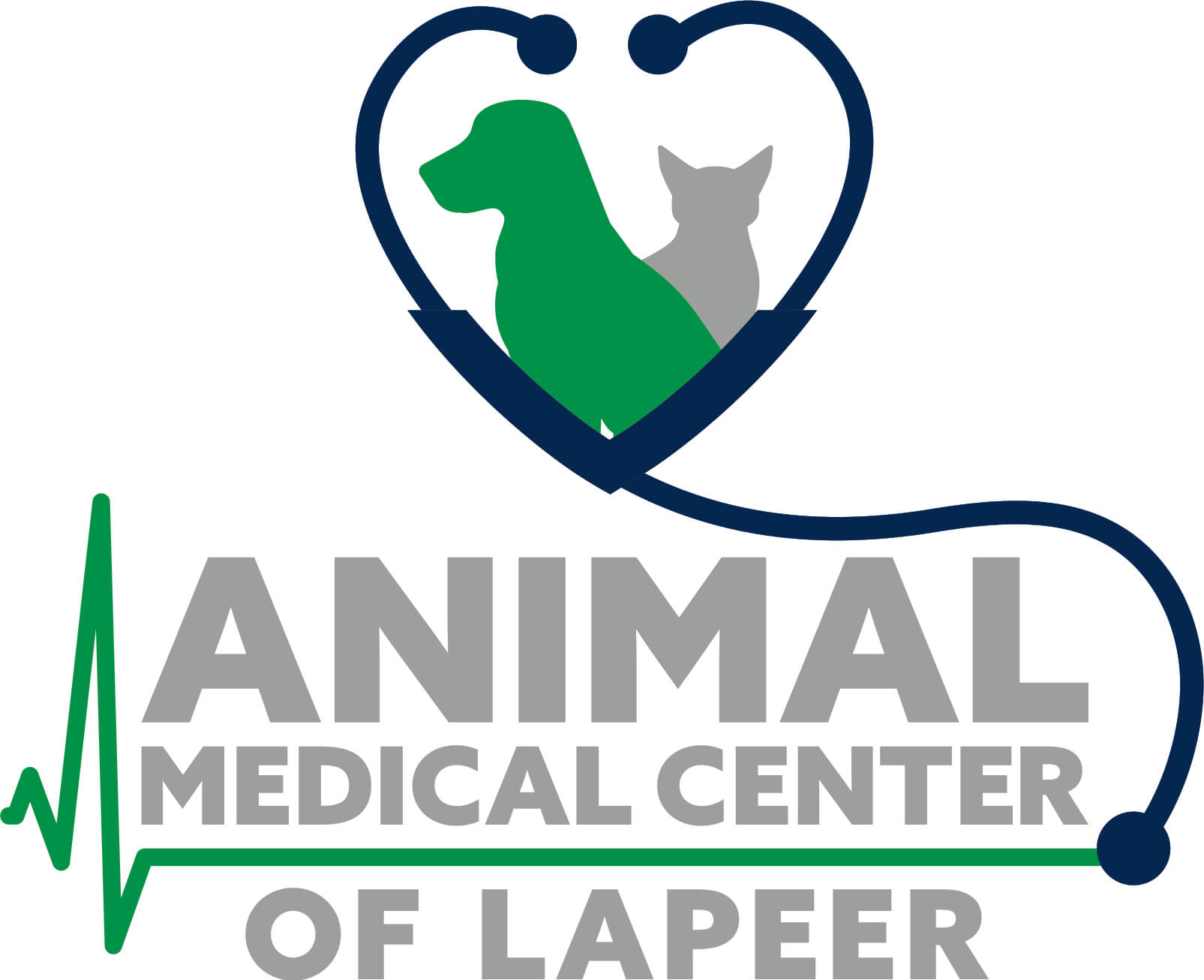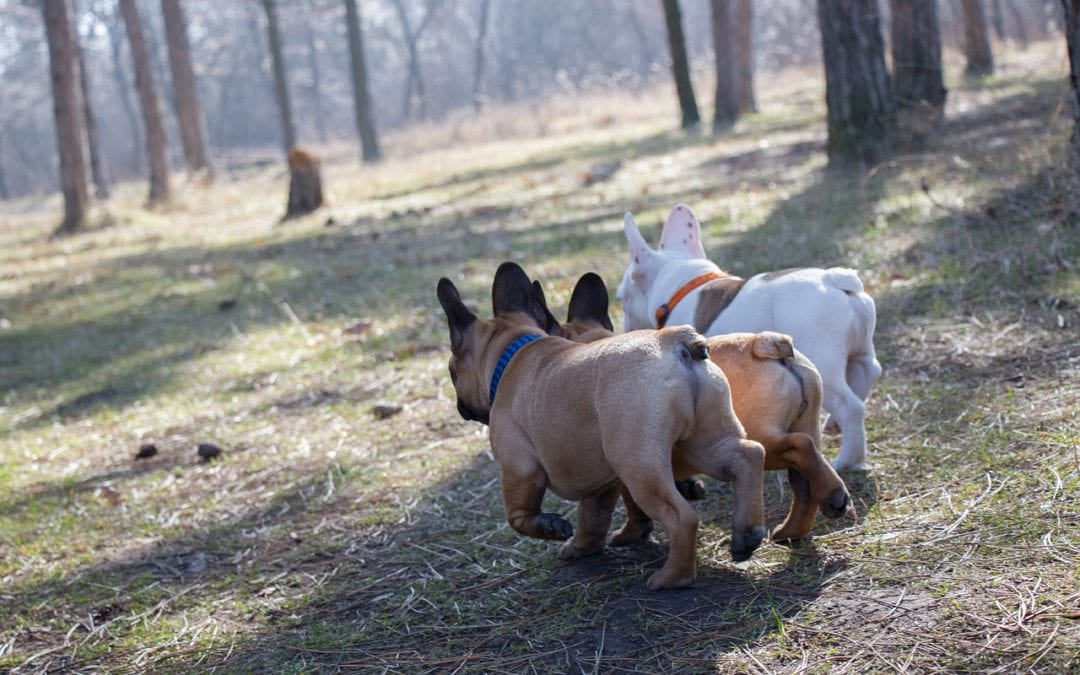Have you ever encountered your furry friend scooting on the carpet or smelled a horrendous odor back there? Chances are, your pet may be a victim of anal gland issues.
What are anal glands in pets?
Anal glands are two small, oval-shaped sacs that sit right inside your pet’s rectum on either side of the anus. They typically release a thin, foul-smelling fluid when your pet defecates to provide a special scent marker.
What is the function of pets’ anal glands?
Anal gland fluid can serve as a territorial marker when left behind with feces or can help during social interactions, imparting important information about your pet’s health, sex, and emotional status when hind-end sniffs are exchanged in greeting.
What potential problems can occur in anal glands in pets?
Ideally, your pet should never have a problem expressing their anal glands naturally when they defecate, but many pets develop issues. Diet seems to be the most common cause of anal gland impactions—when pets become too heavy, their natural anatomy is impeded—or allergies, which can create inflammation and swelling.
If an impaction occurs, you may notice your pet licking excessively at their hind end, scooting along the ground, or the strong fishy odor that can indicate anal gland fluid. At the first hint of a problem, schedule an appointment with our team to manually express your pet’s anal glands. If left untreated, the glands can quickly rupture, becoming extremely painful and infected.
Unfortunately, an anal gland issue that your pet develops will likely be an ongoing condition that requires routine monitoring and expression. Some pets, especially small-breed dogs with allergies, require anal gland expression every few months to prevent impactions. However, diet, exercise, allergy management, and routine expressions can help your four-legged friend maintain a normal, healthy life.
If you catch your furry friend scooting along the carpet, chances are it may be an anal gland issue. Request an appointment with us today!

